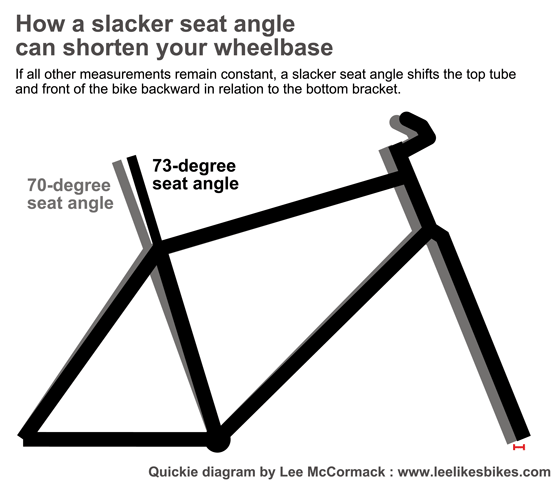Wheelbase is referred to be the distance in between the center of the rear and front wheels. This might not tell you how long the vehicle is, it would roughly measure the size of the passenger compartment, and it could also give you an idea of whether how big is the interior. But, you might also ask whether how to measure wheelbase.
Besides, wheelbase indeed has a significant influence on the longitudinal stability of the bike together with the height of the center of mass of the combined rider and the vehicle. Short vehicles could be a lot more suitable once performing stoppies and wheelies too.
How to Measure Wheelbase? Things You Need to Know
But First, What Is A Vehicle Wheelbase?
Wheelbase: Short VS Long?
So, How To Measure Wheelbase?
Straighten The Wheels
Find A Straight Stick
Place The Measuring Tool
Measure The Distance
The Importance Of Wheelbase In Motorcycling
Conclusion
The difference between wheelbase measurement and the length of the vehicle is that the former is simply the distance between the rear and front wheels whole the latter is being calculated right from the principal point to the rearmost point of any vehicle.
Wheelbase could be measured right from the center of the wheels and would serve as an indication of the level of interior space as for the provided external size.
Based on the kind of vehicle you might need, either from short or long wheelbase could be appropriate. Those with longer wheelbase would tend to have a larger interior since there would be more space in between the axles.
Apart from that, longer wheelbase would also ride a lot better because of the greater time in between the rear and front wheels that hit the bumps. And a long wheelbase would feel a lot more stable at speed because of its bigger footprint on the road.
On the other hand, a shorter wheelbase would come along with a smaller cabin since there would be a lesser space in between the axles. Those shorter wheelbase vehicles do but suit the city traffic since there could be a lot more manoeuvrable and could turn tighter too.
You could measure the wheelbase through taking a straight length of the metal or wood, align it with the center of the two axles, mark the stick and finally measure the length in between these marks.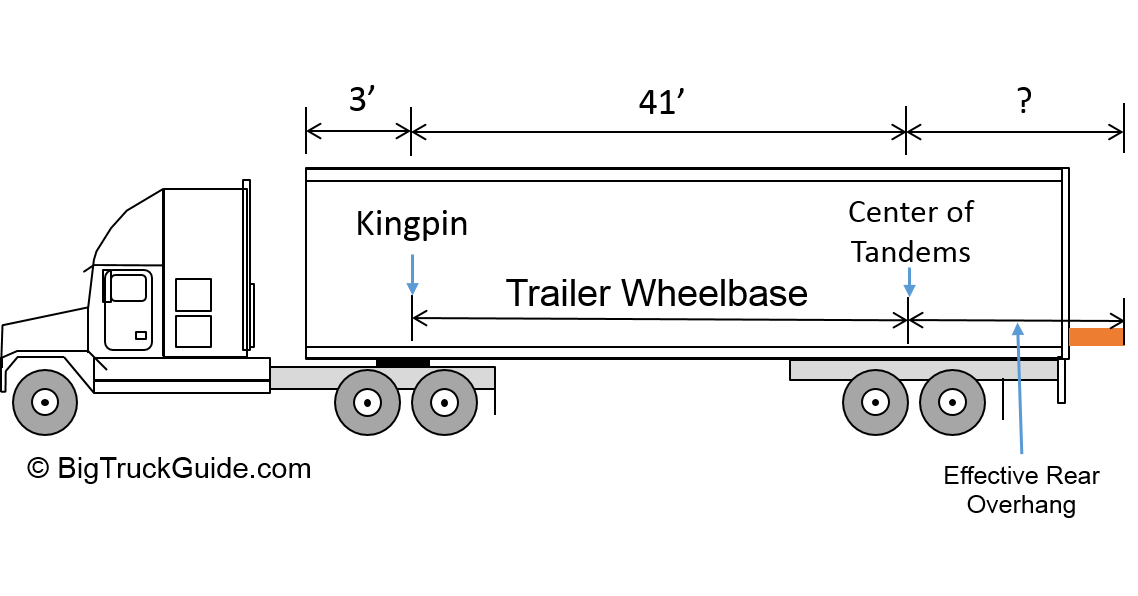 Wheelbase would measure the distance in between the center of a certain axle to the center of another axle.
Wheelbase would measure the distance in between the center of a certain axle to the center of another axle.
Follow these steps on how to measure wheelbase:
Simply place the vehicle or the equipment on the level surface. Straighten the turning wheels for them to point forward. Then find the center of every wheel particularly in the middle of the lug nuts or in the screws.
You could find a sturdy and straight stick, particular a straight piece of wood or metal. There is a need to make sure that the length is a lot longer compared to the distance in between the two wheels. This stick doesn’t need to have the measurement markings such as the yardstick.
Put the measuring tool adjacent to the center of the rear axle, and there should be a helper to place the measuring tool adjacent to the center of the front axle too.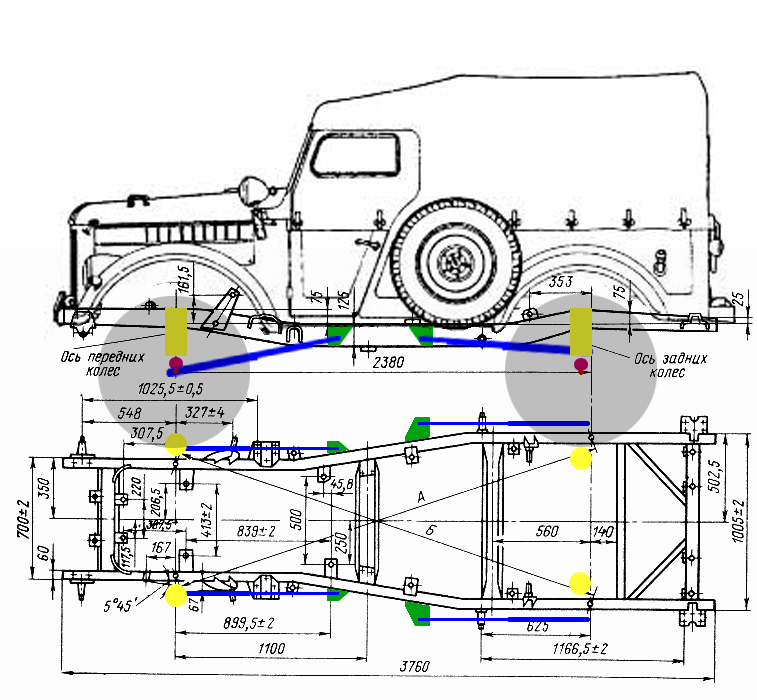 Then mark the spot wherein the wood or the metal is at the center of both the axles exactly.
Then mark the spot wherein the wood or the metal is at the center of both the axles exactly.
Now, take a tape measure and then denote the distance in between the two marks. This length would be referred as the wheelbase. Compare the measurement to the measurement of the factory specifications. In most cases, the wheelbase is the same on both of the sides of the vehicles. You could simply repeat the process for the other side.
Consider these steps above once on the process of measuring the wheelbase of any vehicles. These steps could indeed help in getting the right measurement of the wheelbase. Being guided by proper steps on how to measure a wheelbase of any vehicle could be a great way in order to learn its measurement. You don’t want to assume its measurement, right? You can also watch this to learn more about how to measure a wheelbase.
Aside from knowing the process or steps on how to measure wheelbase, it could also be significant if you are to learn about the importance of wheelbase in motorcycling. Though not everyone could notice, but if you are going to properly check your vehicles, bikes in particular, you might notice that the distance in between the wheels could be different.
There could be advantages when it comes to choosing either from long and short wheelbases. It would as well depend on the type of use. Once the wheelbase on a individual bike or vehicle is long then it could has a better stability on the road. This would also mean that the motorcycle would keep going within a straight line a lot easier and changing direction easily might be a bit of tussle.
The same could be in inverse with regards to bikes having the shorter wheelbase.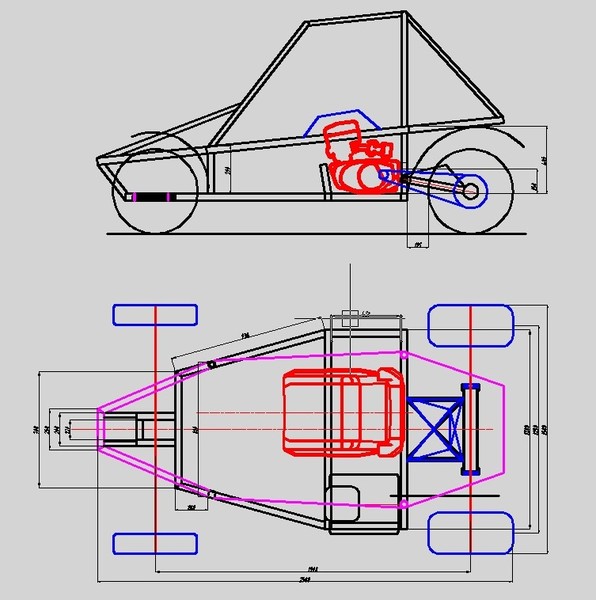 These bikes could be manoeuvred a lot easier however it loses out on the stability as they stay on the road. There could be chances wherein the bike might wobble easily within extreme speeds that don’t happen in case of those longer wheelbases.
These bikes could be manoeuvred a lot easier however it loses out on the stability as they stay on the road. There could be chances wherein the bike might wobble easily within extreme speeds that don’t happen in case of those longer wheelbases.
This is considered as the reason why those drag racing bikes are into having a very long wheelbase. Moreover, it also answers the question “Why is the weight distribution of the motorcycle affected making it forward biased and would eventually cause the bike do not keep going straight?”.
On the other hand, short wheelbases would allow the bikes to be a lot lighter and more compact and would also make it a lot easier for the bike to move around the corner within higher speeds.
You must then understand that there could be no pre-calculations that are being made by anyone as to how much the wheelbase must be. It would all depend on the manufacturer as to how the wheelbase measures based on certain factors such as the purpose of the vehicle, its aesthetic appeal, ground clearance and tire sizes too.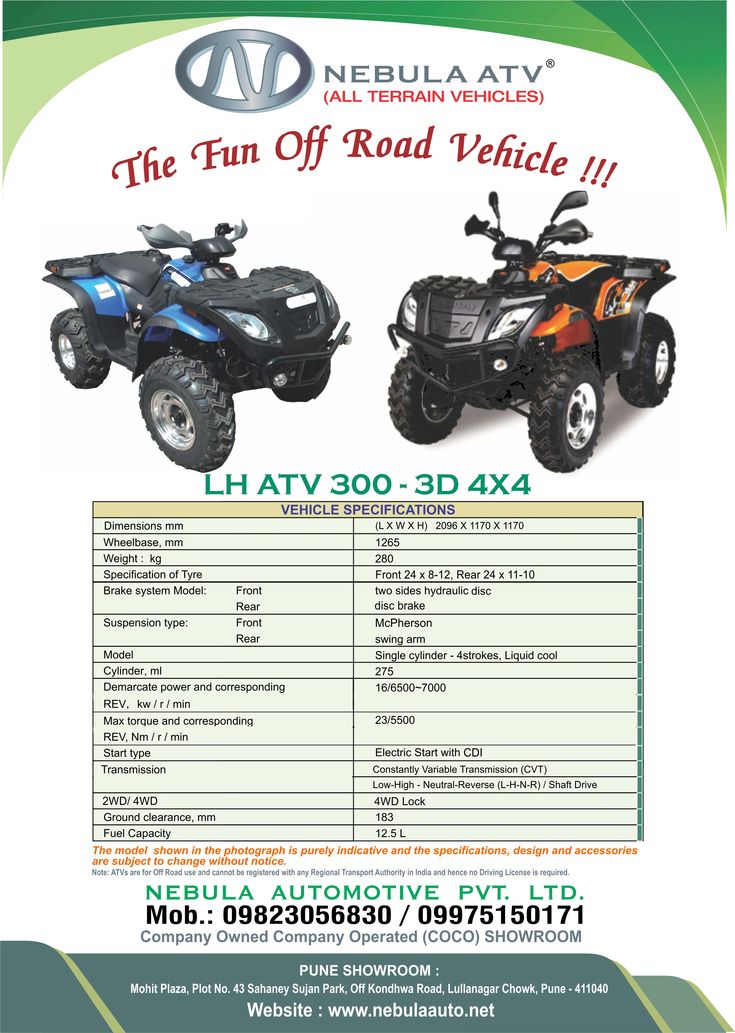 And this is the reason why there is a need to remember the importance of the wheelbase.
And this is the reason why there is a need to remember the importance of the wheelbase.
You might be among those people who are into wondering or even asking about the measurement of the wheelbase once in the process of owning any vehicles. But if, just in case, the manufacturer or the provider of your vehicle failed to provide you with the wheelbase measurement doing it yourself could be considered. Following the steps being provided above could be simply considered.
In fact, it isn’t actually required that you should be professional just to measure the wheelbase. You just need to be well-knowledge about the process and would have the right measuring tools as well. With that, there will be an assurance that you could get to know how to measure wheelbase of any vehicles that you have. The steps are a lot simpler and easier to follow that even a single person could do the entire process without any help.
Let us know what you think in the comments below. Feel free to share this article to anyone who has the same question as you.
Feel free to share this article to anyone who has the same question as you.
Click to rate this post!
[Total: 2 Average: 3.5]
Over the past 10 years, Lucas Knight has been a motorcycle rider. He has built up an incredible passion for travelling by motorbike and always wishes to contribute to motorcyclist community. This is the reason why he created MotorManner.com where his passion is turned into useful and interesting information to the motorcycle lover. Follow his facebook and twitter or subcribe to his website to receive more useful information in motorcycle world.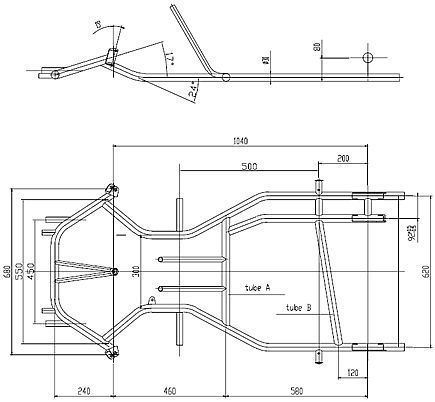
https://motormanner.com/ is a participant in the Amazon Services LLC Associates Program, an affiliate advertising program designed to provide a means for sites to earn advertising fees by advertising and linking to amazon.com. Amazon, the Amazon logo, AmazonSupply, and the AmazonSupply logo are trademarks of Amazon.com, Inc. or its affiliates.
Email: [email protected]
SITE: 1
In this post, we’re looking at how wide, how long, and how high ATVs are. ATVs do vary quite a bit in size, often closely related to their engine size.
But by calculating an average for different engine sizes, I should be able to give you a pretty good idea of what to expect.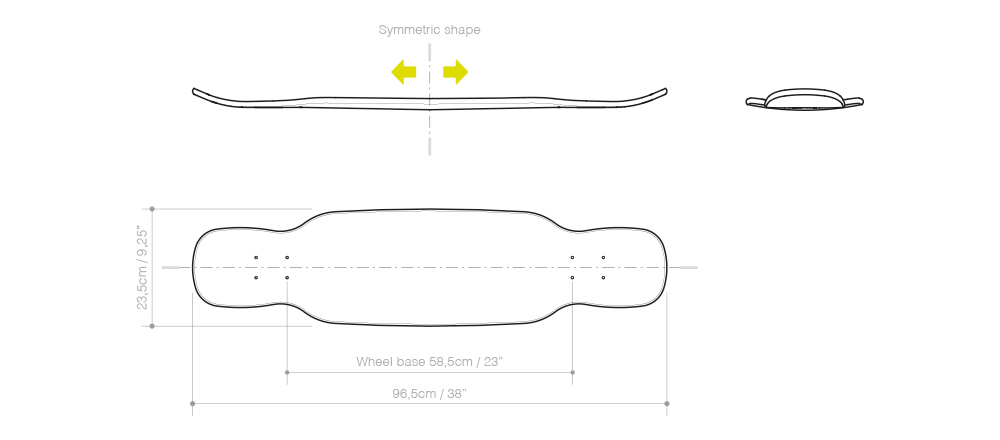
There are countless reasons why you need to know how big an ATV is. Making sure it fits on your trailer or truck-bed is one of them.
Regardless of your reasons, I’ve done the job of collecting and processing the data for you.
To get reliable data to work with, I looked up the spec-sheets of every big ATV brand and almost all of their models.
Due to practical reasons, I could not include all available models, but most brands are well represented.
First, here are all of the data I’ve collected, presented in a simple table form. All of the bikes listed are 2019 / 2020 models.
Collecting the dimensions of all the major brands and models of ATVs.The width is usually the most critical measurement of an ATV. But before we look into why width is so important, let’s have a closer look at the numbers:
How wide is an ATV? Most ATVs are 45 to 50 inches (114-127cm) wide. The average ATV width is 47,4 inches (122,7cm).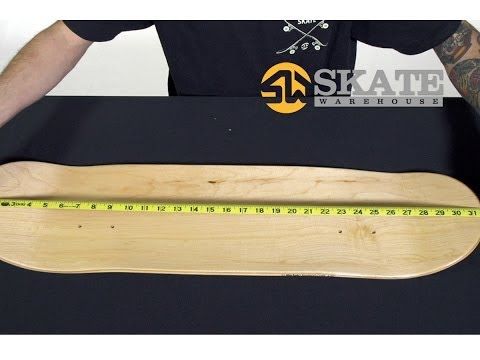 ATVs that are modified with larger wheels lift kits or wheel spacers are even wider.
ATVs that are modified with larger wheels lift kits or wheel spacers are even wider.
So if we look at the width of all major brands and all major ATVs models, we find that the average width is just over 47 inches.
To better visualize the differences in width between different ATV sizes, I’ve calculated the average width of the various engine sizes, as seen in the chart below.
Comparing the average ATV width.From the stats, we can make a few interesting observations:
If you’ve never owned an ATV before, it’s not always that easy to understand just how important the machine’s width is. Let’s have a look at a few scenarios where width does matter.
Let’s have a look at a few scenarios where width does matter.
A significant number of ATV trails do not allow you to ride machines that are more than 50 inches wide.
If you ignore the regulations and ride an ATV wider than 50 inches, you do not only risk getting fined if you get caught. You may not even fit in the first place. The gates and bridges on such trails will often be built with the 50 inch limit in mind so that wider vehicles won’t fit.
This, however, is not an issue if you ride a stock ATV. All stock ATVs you will find on the market today are 50 inches or narrower.
But the restrictions do exclude most UTV’s from riding these trails as they are typically above 50 inches wide. However, because of these regulations, more and more manufacturers are now offering even UTVs, that is just 50 inches wide.
There is not only when riding on man-made trails when width matters.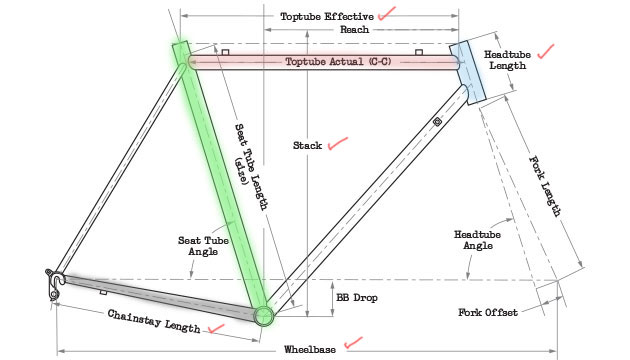 The wider your ATV is, the more likely you are to get stuck or not fit between trees and big rocks when riding in the forest.
The wider your ATV is, the more likely you are to get stuck or not fit between trees and big rocks when riding in the forest.
As soon as you start making modifications to your ATV, such as installing tracks, wheel spacers, or bigger wheels, it will become wider and may no longer fit in your trailer or truck bed.
That’s why it’s always a good idea to measure how wide of an ATV you can fit before you purchase these upgrades if you may end up having to upgrade your means of transport as well.
A wider ATV is generally more stable than a more narrow machine. If you ride sideways on steep slopes, the extra stability of a wide machine may be just what you need to prevent you from tipping.
Or, if you do ATV racing, a wider wheelbase will allow you to tackle tight corners at higher speeds than you would with a more narrow setup.
There are a few ways you can increase the width of an ATV.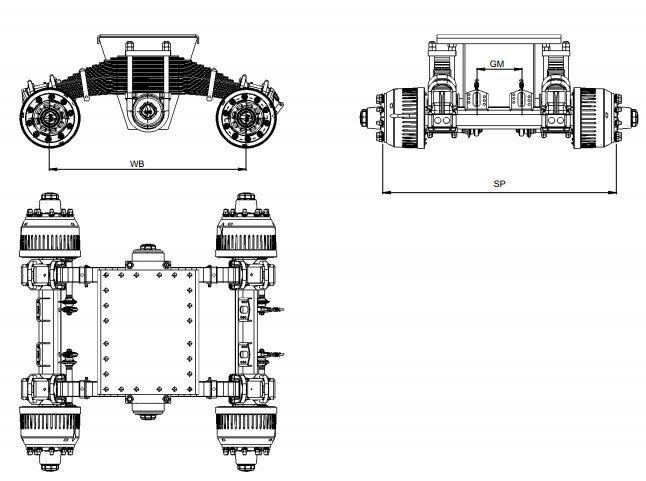
Installing wheel spacers is the fastest and cheapest way to achieve a wider wheel stance. While wheel spacers are great, they do come with a few significant downsides. Read this post to learn all about the pros and cons of installing wheel spacers on an ATV.
Something called the wheel offset is used to indicate how far from the wheel hub your tires sit. You will usually find this number stamped on the inside of your rim. The value may be negative, zero, or positive.
To increase the width of an ATV, you can get rims that have a larger offset. If your stock rims are negative 5 offset, getting rims that have an offset of positive 5 will increase your ATV’s width by 20mm in total (10+10).
When you put bigger tires on your rims, your overall bike width will usually increase as well. Please note that increasing tire size by more than 1-2 inches will often result in rubbing issues.
To solve this, you may install wheel spacers, get rims with a different offset, or simply cut the plastic that is hitting the wheels.
A lift kit will not only make your ride higher, but it will also, in most cases, make the bike wider. This is necessary, so you don’t ruin the ride’s stability by lifting its center of gravity.
Now that you know how wide the average ATV is, how long is an ATV? Most ATVs are 80 to 85 inches (203 – 216 cm) long. The average ATV length is 82,9 inches (211 cm). Touring ATVs are typically 5 – 10 inches longer than standard models.
Again I have calculated the average length of various ATV sizes and put them in a cha chart to compare.
Comparing the average ATV length.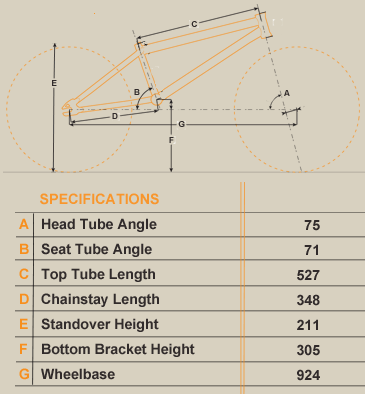
This time the results may come across as a bit more surprising.
Finally, we’ll have a look at the average ATV height.
How high is an ATV? Most ATVs are 46 to 52 inches (117 – 132 cm) high. The average ATV height is 48,9 inches (124 cm). Hi-lift models are typically 1-3 inches higher than the standard model.
Comparing the average ATV height.This time the comparison chart shows quite a different story.
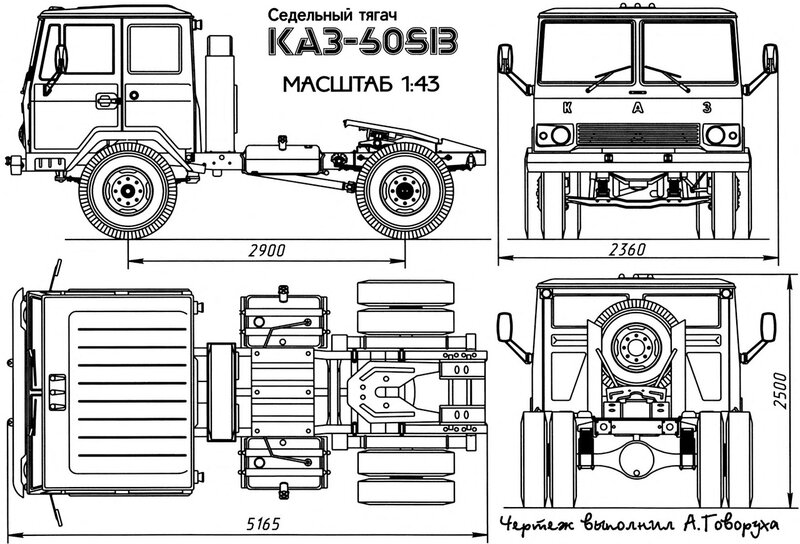
Increased height usually means better ground clearance and better off-road capabilities. The added height is also a great benefit when riding in deep mud. That’s why lift kits and larger wheels are popular upgrades for those who want to go deep mudding.
Related: In this post, I’ve listed other essential mods you can do to create the ultimate mudding machine.
A higher ride does, however, make the ATV more tippy. Stability is just as important as ground clearance if you do trail riding or utility work for the most part. The key is to find the ideal balance between height and stability for the type of riding you will be doing.
In a previous post, I have collected and compared the data on average ATV weight.
How wide is an ATV with tracks? Installing tracks to your ATV will typically increase the width by 8-10 inches. ATV width with tracks is about 56 to 60 inches (142 – 152 cm).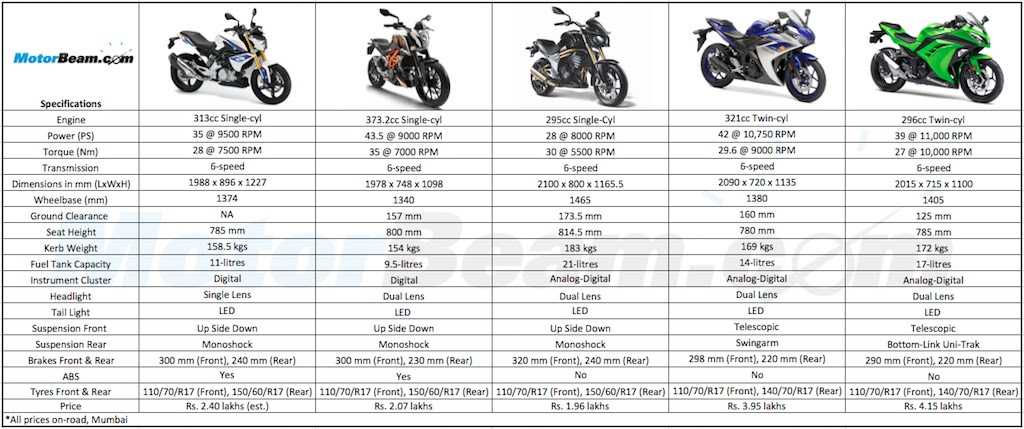
How wide is an ATV trailer? ATV trailer width varies, but they are typically just as wide as an average ATV with a width of 48 to 50 inches. Ideally, the trailer should have about the same width as the ATV pulling it.
ATV trailer width. Every year ATVs (or all-terrain vehicles, ATV) are becoming more and more popular in our country. Interest in this light off-road vehicle is growing among both athletes and outdoor enthusiasts, which serves the rapid development of various areas of quadsports and quad tourism. As you know, demand creates supply, and a variety of ATVs flooded the market, differing in engine power, layout, drive system and a number of other parameters. How to navigate this variety "How to determine which model is best for your purposes, and which model is not suitable at all" In order for the choice to be made consciously, it is necessary, first of all, to determine what you need the ATV for.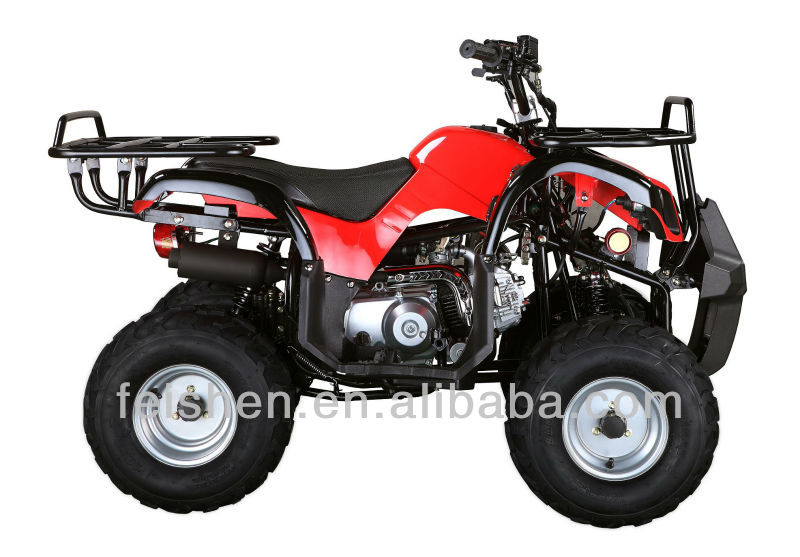 But the very first question that you need to answer yourself is the question of whether you are going to ride an ATV with a passenger. If you rule out riding together in principle, then you can choose both single and double models. Both of them have their own advantages and disadvantages.
But the very first question that you need to answer yourself is the question of whether you are going to ride an ATV with a passenger. If you rule out riding together in principle, then you can choose both single and double models. Both of them have their own advantages and disadvantages.
The main advantages of single-seat models are "lighter weight, smaller turning radius and conditionally higher ground clearance (smaller wheelbase with equal ground clearance). All this provides a slightly better ATV cross-country ability (first of all, geometric cross-country ability) in dense forests, streams and heavy swamps. That is why single-seat models are preferred by most athletes participating in trophy raids and other similar competitions.
The main advantages of two-seat models, regardless of the number of riders » more predictable handling and smoothness on uneven surfaces, greater ride comfort over bumps, cornering stability at speed, and increased rollover resistance (especially on mountain slopes, hills and ravines) . However, the main advantage of two-seater models is the ability to safely ride with a passenger and cargo, as well as with a larger load when driving an ATV without a passenger.
However, the main advantage of two-seater models is the ability to safely ride with a passenger and cargo, as well as with a larger load when driving an ATV without a passenger.
Many vendors now offer special conversion kits for converting single-seat ATVs to two-seat ATVs. You can also be offered the so-called "pseudo-double" or "one and a half" models. Let's figure out what it is, and how such options differ from really double models. The 2-seat ATV Conversion Kit is a passenger seat with mounting hardware. This seat is installed behind the driver's seat. A "pseudo-two-seat" model is a single-seat model with an extended seat relatively large enough to accommodate two people, and sometimes additional passenger footrests and backrest. In both cases, the passenger seat is either located above the rear axle or is offset behind the rear axle. A true two-seat ATV model is structurally arranged in such a way that both the driver and the passenger, sitting in their regular places, are located in the base between the front and rear axles of the ATV.
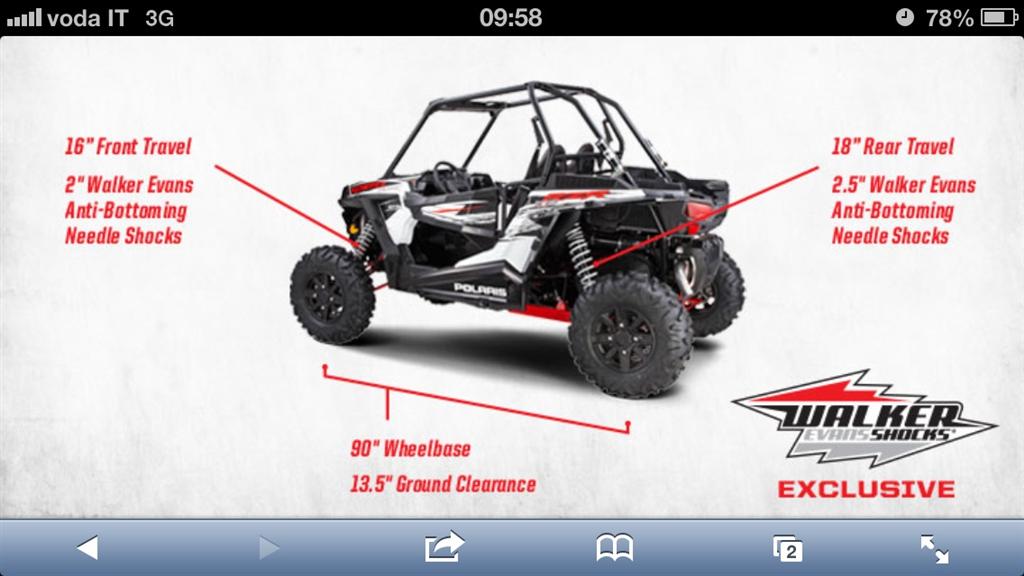 For such an arrangement of two people between the axles of the ATV, more space is required than for one person. Therefore, the wheelbase of two-seat models is longer compared to single-seat models. Consider why this is important and how important it is.
For such an arrangement of two people between the axles of the ATV, more space is required than for one person. Therefore, the wheelbase of two-seat models is longer compared to single-seat models. Consider why this is important and how important it is. When the ATV is moving in a straight line at a constant speed on a flat horizontal surface, all four wheels of the ATV are approximately evenly supported on the ground. When accelerating the ATV, the front wheels are unloaded and the rear wheels are loaded in proportion to the acceleration. The torque transferred from the engine to the wheels tends to cause the ATV to roll backwards. If your passenger is "in the base" (in front of the rear axle), then the weight of his body works to counteract this tendency the more the passenger is further from the rear axle. At the same time, the greater its weight, the more effectively the tendency to overturn is neutralized. If the passenger is above the rear axle, then his weight is neutral to the tendency to overturn. If the passenger is behind the rear axle, then his weight increases the moment of forces, increasing the tendency to overturn the more, the greater the weight of the passenger, and the farther he is from the rear axle.
If the passenger is behind the rear axle, then his weight increases the moment of forces, increasing the tendency to overturn the more, the greater the weight of the passenger, and the farther he is from the rear axle.
As soon as the ATV's front wheels start to lift off the ground, the position of your body and the passenger's body relative to the rear axle will shift. If both of you are in base, then you have more time to react and take corrective action before the ATV rollover becomes irreversible. If at the moment of separation of the front wheels the passenger is above the rear axle, then the position of his body is immediately behind the rear axle, "working" on the tendency to overturn. If the passenger was initially behind the rear axle, then his weight initially increased the tendency to roll over, partially compensating for your weight acting against rollover. When the front wheels come off, the effect of your body weight against rollover is weakened (because the distance from its center of gravity to the rear axle is reduced), and the effect of the passenger's weight aimed at turning over the ATV will increase dramatically (because the distance from its center of gravity to the rear axle increases) .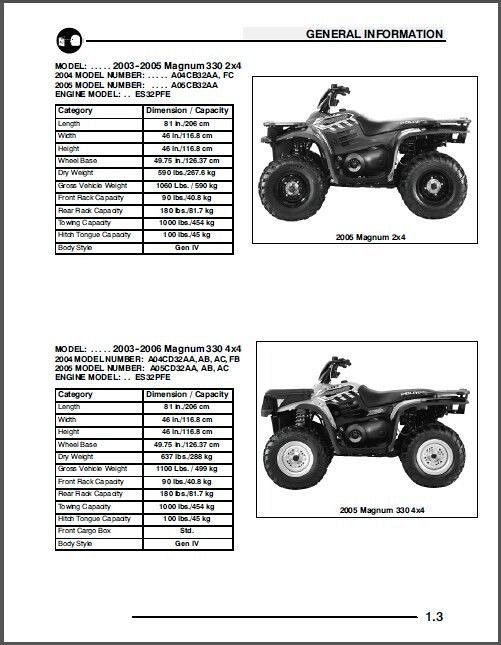 But so far we have considered only movement on a flat horizontal surface. If you are driving up a slope, your body position and the position of the passenger's body relative to the rear axle are already shifted back, which greatly exacerbates the tendency to overturn. In addition, any bump or other unevenness will sharply affect the front wheels, throwing the front of the ATV up, and rapidly increasing the tendency to overturn.
But so far we have considered only movement on a flat horizontal surface. If you are driving up a slope, your body position and the position of the passenger's body relative to the rear axle are already shifted back, which greatly exacerbates the tendency to overturn. In addition, any bump or other unevenness will sharply affect the front wheels, throwing the front of the ATV up, and rapidly increasing the tendency to overturn.
In real life, we rarely ride an ATV on a flat horizontal surface. Typically, riding is rough terrain with short or long slopes, potholes, bumps and other obstacles, which causes a whole combination of superimposed forces, so we constantly try to compensate for the tendency to roll over by changing the position of our body. But this requires freedom of movement of the body relative to the ATV. When riding a single-seat ATV with two people, this freedom is significantly limited due to the limited space between the axles of the front and rear wheels, which greatly hinders the timely corrective actions necessary to keep the ATV stable on uneven ground.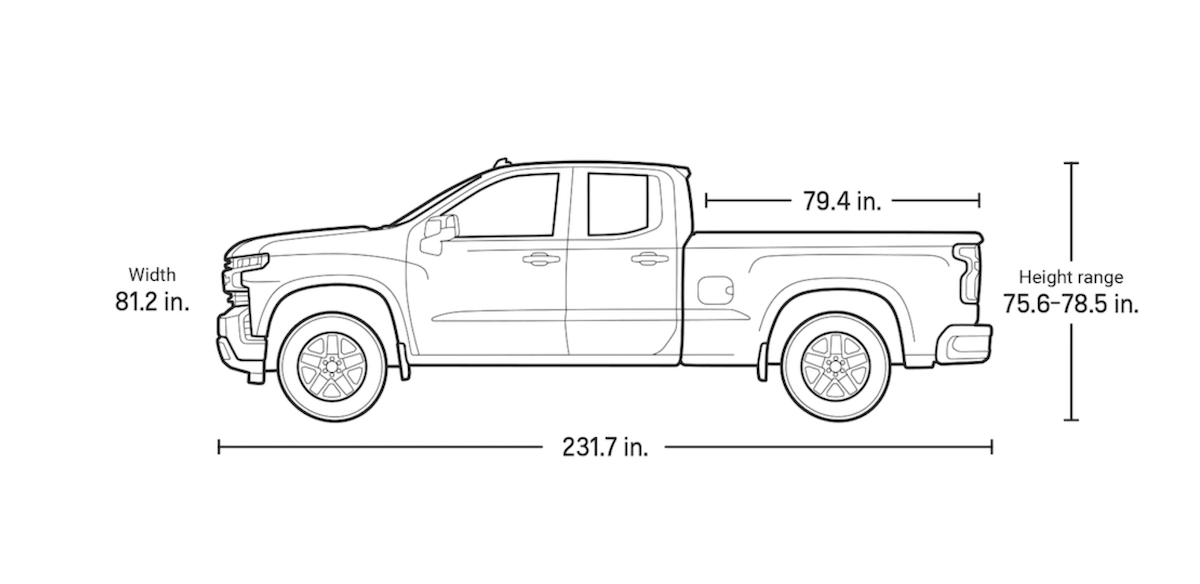 And it’s almost impossible to jump off an overturning single-seat ATV in time when the two of you are on it.
And it’s almost impossible to jump off an overturning single-seat ATV in time when the two of you are on it.
Based on the foregoing, it is quite obvious that neither by lengthening the seat nor by installing an additional seat can a two-seater ATV be made from a single ATV. So why, in this case, such kits are sold "Why do some manufacturers of ATVs write in the characteristics of a single ATV that it is a two-seater or "one and a half seater"" After all, by doing this they mislead the consumer, exposing people's lives to serious danger! It is important to understand that the sociability and eloquence of the seller can change your attitude to the issue, but cannot change the laws of physics!
And to distinguish a real two-seater ATV from various "pseudo" and "one and a half" is very simple: the length of the wheelbase of a real two-seater ATV cannot be less than 1440 mm , otherwise the passenger will inevitably be behind the projection of the rear axle.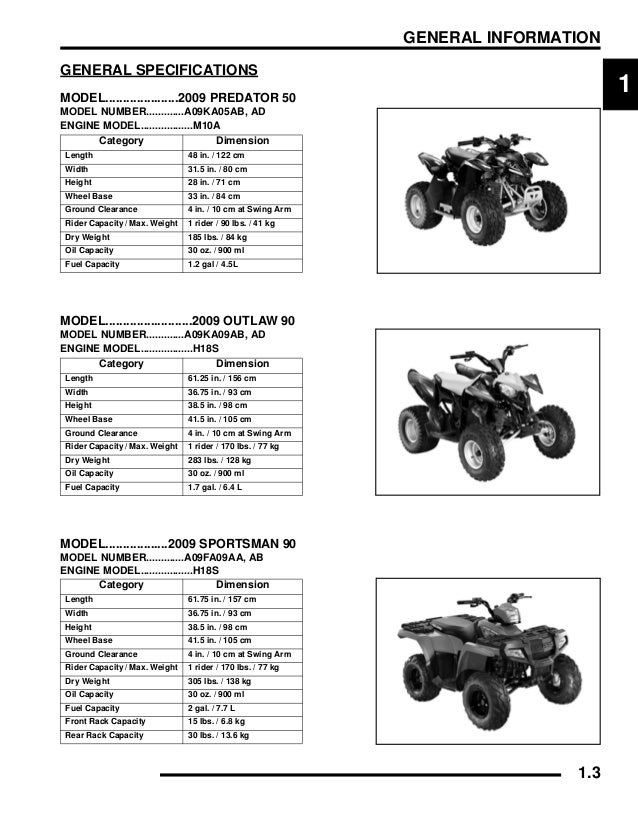
Summing up all that has been said, we can say with confidence that riding an ATV together requires increased attention, special care and sufficient skills, both from the driver and the passenger. It must be clearly understood that riding a single ATV with a passenger - no matter how the seller presents it - one and a half seat, pseudo-double, or "for 1-2 people" - is complete recklessness.
The 21st century can be safely called office. Especially the last 5 years. More and more remote work appears, more and more specialties related to the IT sphere appear. And this means that people need not only more pants to wipe them on the office chair, but also more active forms of recreation, so as not to grow roots in the floor of the office or their own home. One of the most actively gaining popularity types of recreation is quad biking. It is good because it will suit absolutely everyone: both lovers of easy walks in the forest or the coast, and those who crave thrills in impenetrable mountains, deserted fields and swamps.
If this is going to be your first ATV, then you can start with simple budget models, since you still won’t feel the difference now. And in order to spend a minimum of time on the purchase, keep five important tips for buying a quadric without a headache.
This is important to decide well before you buy. If you have decided to ride this frisky iron pony for the first time, then it is preferable to opt for a new model.
First, the dealer always gives a guarantee. This will save you from problems in the event of a breakdown - you just drive the ATV to the service and experienced specialists will fix all the problems.
Secondly, an inexperienced quad rider will not be able to identify serious flaws or recognize technique after drowning. Water is not the best companion for any transport and, in most cases, it is necessary to change the engine or transmission, and this is exactly half the price of the entire “pony”.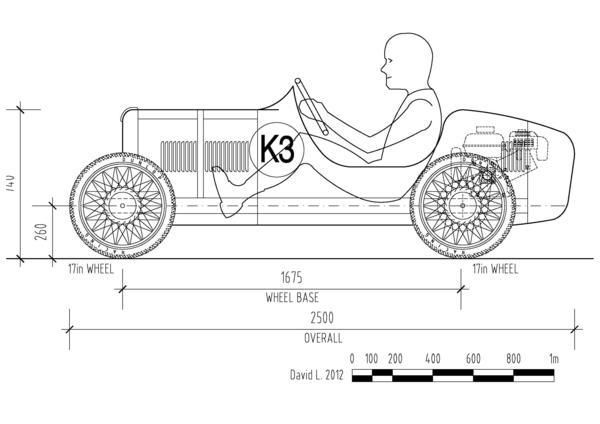
Thirdly, when you ride a certain amount of time and understand what you lack in a quadric and decide to buy a more powerful or comfortable one, it will be much easier to sell your predecessor. Equipment that had only one owner flies under the hammer much faster than the one that was in the hands of two or three people.
ATV . Single / double without a cab with a motorcycle landing (the passenger sits behind the driver) and a “bicycle” steering wheel. Such vehicles have a shorter wheelbase, which means better geometric cross-country ability and compact size. This makes the ATV more maneuverable, resistant to rollover. In addition, due to the mass of no more than 450 kg, it falls into the mud less.
SSV . Two- / four-seater with a cabin similar to a car. Inside: there are seats, a round steering wheel, a wide dashboard. The long wheelbase of such all-terrain vehicles increases stability and controllability at high speeds, the load capacity is much higher - up to 400 kg.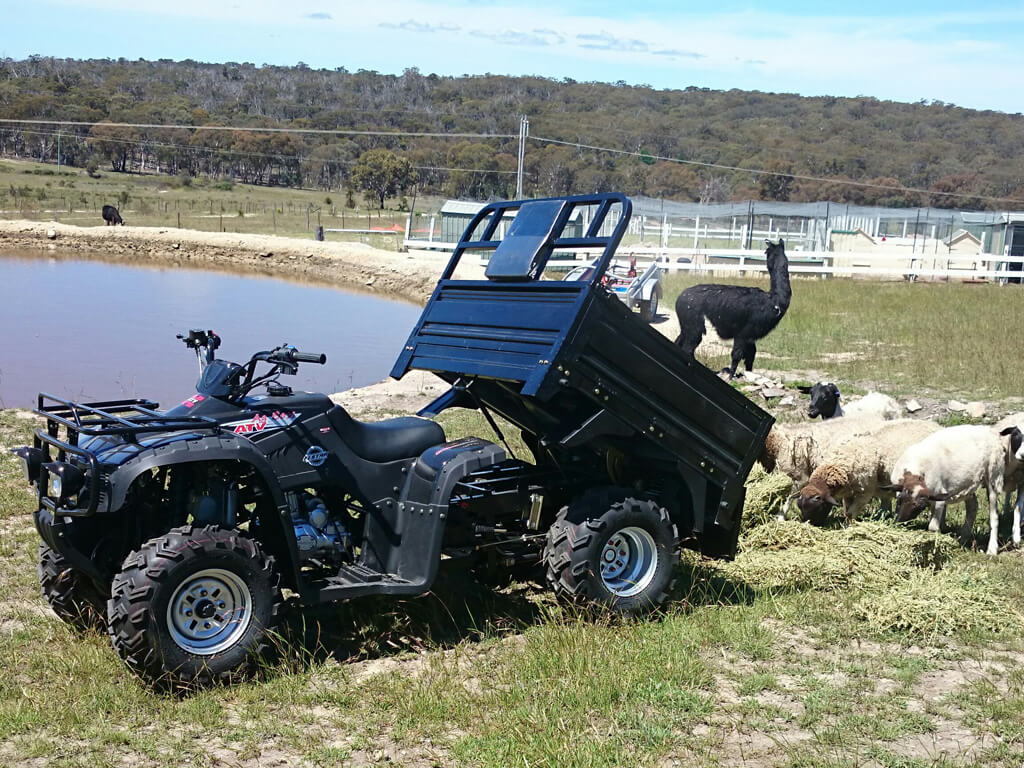 But such quads will not be so maneuverable and are more like a full-fledged off-road car.
But such quads will not be so maneuverable and are more like a full-fledged off-road car.
The choice depends on your goal: whether it will be solo “rides” or whether you are ready to take passengers on board for joint entertainment.
It is obvious that the leaders in the production of equipment are the Japanese. Brilliant Asians have thought through and invented literally everything. Moreover, it also works great! Therefore, we recommend that you look at Yamaha, Honda. These are reliable and durable ATVs that are not scary to buy even with hands. Used options can be easily chosen among the options of 2002-2007 release years.
Canadian BRP technology has become very popular in recent years. Over the 70 years of their existence, they have learned to make vehicles equipped with literally everything. And each new model is becoming more and more perfect vehicle, capable of surviving in literally any conditions.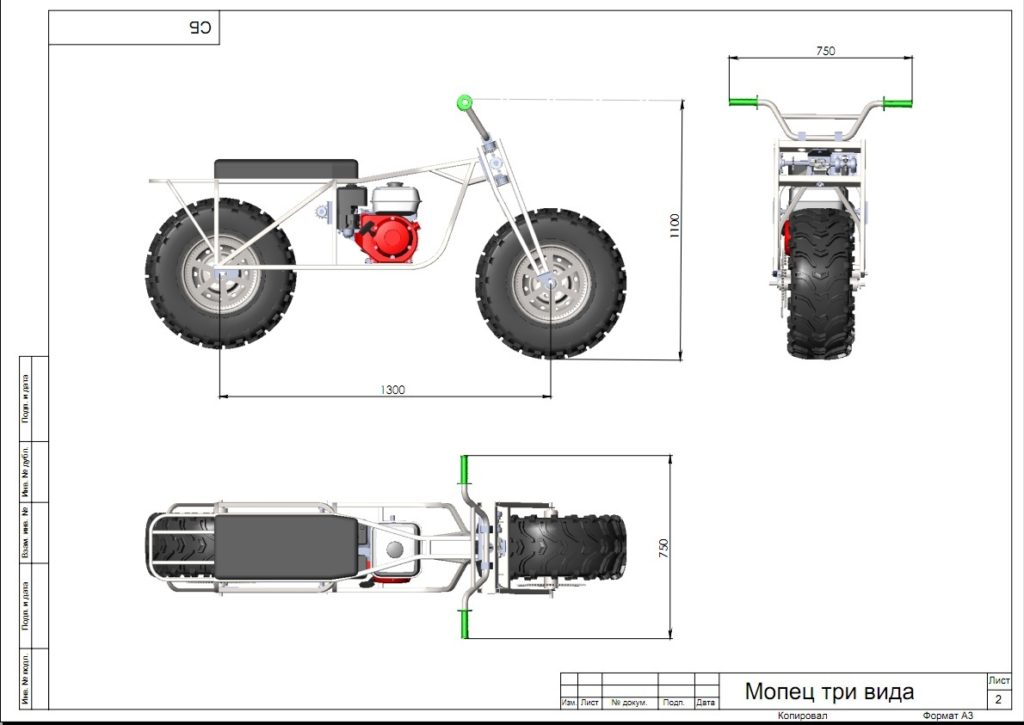
American Polaris is also a quality, hard-working brand. The engines have high traction performance and a degree of safety.
In recent years, many Chinese manufacturers have appeared on the market, attracting with their price. Despite the fact that China is advancing and improving quite quickly in the production of any goods, nevertheless, it is still inferior in quality to top brands. Parts for such ATVs are cheap and affordable, but, most likely, the need for them will arise more often than after buying the same Bierpie.
When choosing a good ATV, pay attention to the main performance characteristics, namely:
Engine capacity. For hunting, fishing, sports, driving on a dirt road, 150-230 cm3 will be enough. To dive into extreme tourism, you should choose a powerful engine of 350-689 cm3.
Power. For light riding or training, 13-15 hp will be enough for you. If the plans are full-fledged trips through the endless impassability of our Motherland (and we mean mountains and forests, not cities in the middle zone), then you should put a pony with a capacity of up to 45 horsepower in a stall. It is horse, not pony.
It is horse, not pony.
Transmission. Mechanical - suitable for moving on more or less flat roads, as it requires attention when switching gears.
CVT - suitable for hunting or fishing, where in manual mode it is necessary to switch gears only in loose areas or when encountering obstacles.
Automatic gearbox. She controls the speeds depending on the engine speed and road conditions. You can focus entirely on the route or immerse yourself in the performance of a sports stunt.
Cooling system. You should not allow the engine to overheat, which means you need to choose the right cooling system for your needs. The air type is suitable for lighter fishing or hunting trips, for example. If everything is hardcore for you, then it is better to choose a fluid system that will provide the quadric with more heat transfer, and you will have peace of mind during extreme recreation.
Well, the last but the main advice.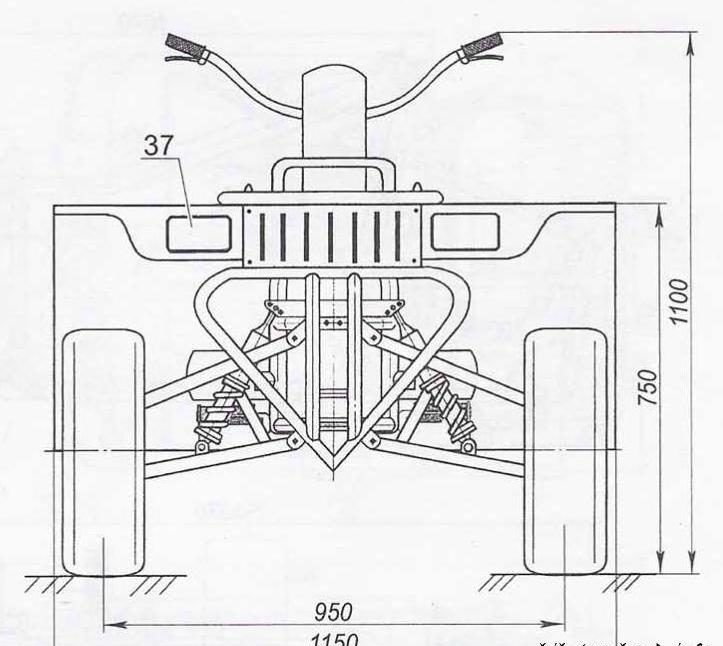 Before choosing an ATV, think carefully for what purpose you need it: sports, walking or extreme riding. It depends on the amount you invest. Better yet, first rent an ATV a couple of times and understand whether you will ride it from time to time or whether you claim to be a quadro-maniac. In this case, of course, it is worth buying your own transport, but you also need to approach the choice more carefully - you will need more than five tips.
Before choosing an ATV, think carefully for what purpose you need it: sports, walking or extreme riding. It depends on the amount you invest. Better yet, first rent an ATV a couple of times and understand whether you will ride it from time to time or whether you claim to be a quadro-maniac. In this case, of course, it is worth buying your own transport, but you also need to approach the choice more carefully - you will need more than five tips.
And if you do not want to delve into the intricacies of choice and want to immediately get a good ATV that meets your needs, then you can always turn to specially trained people who, for some fee, are engaged in the selection of auto and motorcycle transport. As a rule, these are well-versed people who know the design of an ATV, have information about new products and have all the necessary technical means that can identify all the shortcomings of a vending instance.
But whatever your goal when buying an ATV, be prepared to shell out a tidy sum for the transport itself, accessories, equipment and storage space.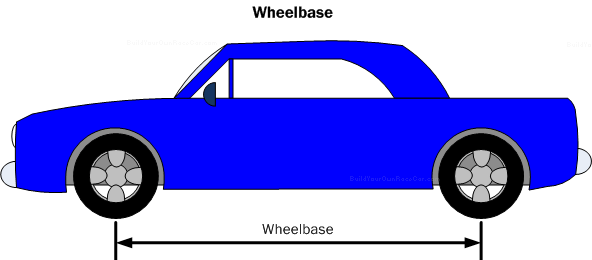 If you have a small one-car garage, then it is worth considering an alternative shelter for the ATV, where it will live quietly and not interfere with you during your daily use of the car.
If you have a small one-car garage, then it is worth considering an alternative shelter for the ATV, where it will live quietly and not interfere with you during your daily use of the car.
A garage 3-4 meters long is suitable for an ATV. As with any vehicle, the roof and walls must be airtight. In order for it to serve you for more than one year, you should pay attention to iron garages. They are not only durable, the formation of mold and guests in the face of rodents is excluded. The SKOGGY metal garage is designed just for storing equipment such as an ATV. It is made of the professional sheets processed from corrosion. The roof does not leak, the installed drains remove all the consequences of precipitation, just do not forget to periodically clean it from leaves, sticks, birch buds and other debris.
The collapsible design will allow you to move the garage from place to place, unless of course there is a need for this. You never know, suddenly you decide to move on your ATV to another house. You can take the garage with you. Yes, and if you are planning a rearrangement on your site, a couple of hours - and the garage is dismantled. We rested, decided on a new place, another hour or two - and the garage for the ATV is already in a new place.
You can choose a collapsible garage design from profiled sheets, or you can choose a frame one. In the second case, the garage is also collapsible, but the frame is assembled before sheathing with corrugated board. Gates can be made ordinary swing or use roller shutters. It is possible to install a gate in any part of the garage.
And for connoisseurs of the coolness of not only an ATV, but also its keeper, you can apply the most brutal print.
